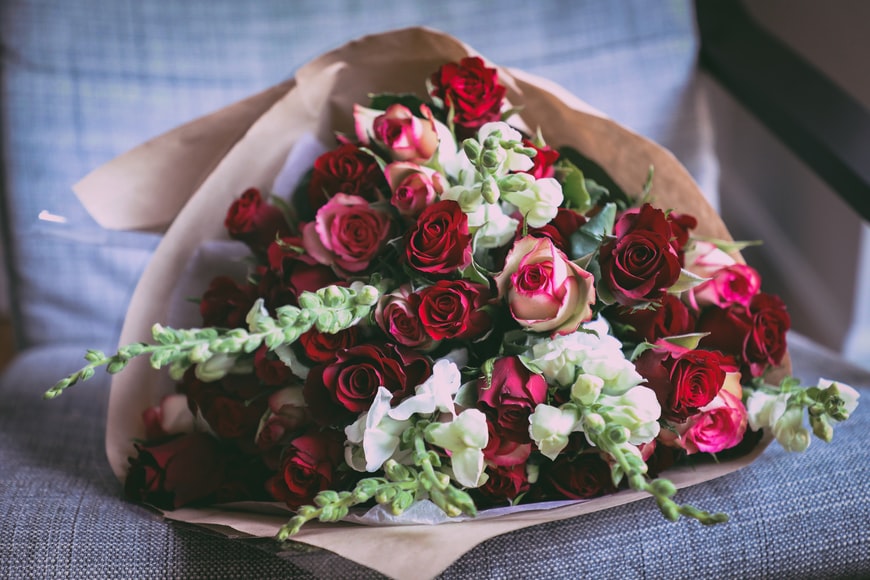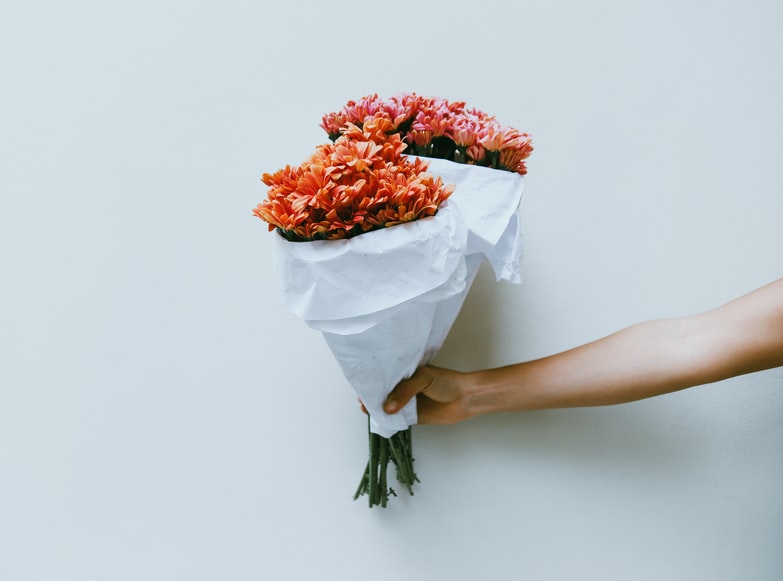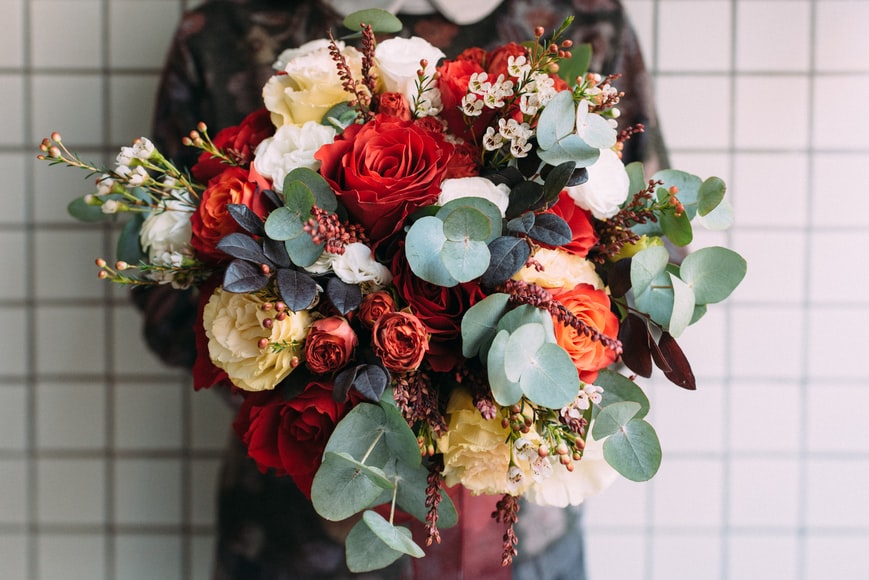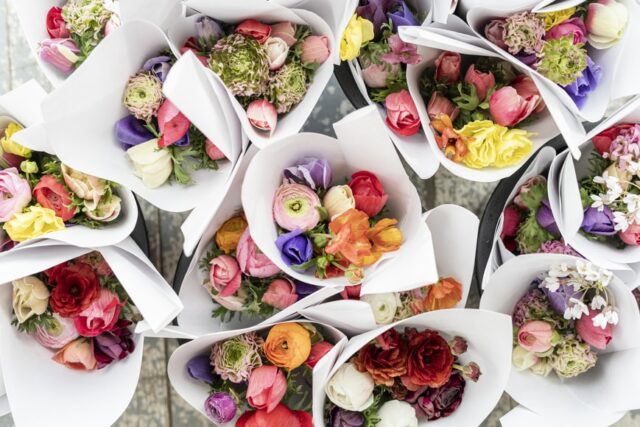If there were something that could fill in the place of a universal gift that can make any type of occasion better, it would have to be the always beautiful flowers. Flower arrangements have been in the center of attention when it comes to gift giving for thousands of years. Already established as the perfect type of decoration that can bring out the best features of any venue, home, or public area, they also become the go-to present that can either function as the main one, or an accompanying feature.
Of course, arrangements like bouquets are not only given as gifts to others. People love buying them to have a piece of colorful and pleasantly smelling natural beauty inside of their home as a centerpiece of the dining room table or the living room club table. The uses of bouquets are never-ending, which is why it could be said that everyone needs to know the basics of making them. It does not take much to outside of your town and into a field of seasonal flowers to pick a neat bouquet and bring it home.
If you have your own floral garden with flowers you care for as a hobby, why not improve on your established passion and become a great bouquet maker? Worry not if you feel like you need a helping hand with it. That is why we are here. In this article, we are going to help you by introducing to you the basic rules you need to follow to make amazing bouquets on your own. Read on to learn more. If you are ever in need of a professionally made floral arrangement though and are pressed for time, you should definitely check out Hong Kong flowers and browse what they have to offer.

1. Striking the Balance
The number one rule of floral arrangements is achieving that perfect balance all the way throughout. No side should look off in any way. For example, there should not be a side that is too crowded or too empty. If there is, there is more arranging left to be done in those areas. If you do not want your bouquet to look too symmetrical and perfect, you can disrupt it by having a larger bloom on one end, and a similarly sized cluster of smaller flowers on the other. This is still balance as nothing is empty or too crowded. In addition to the flowers themselves, other elements also need to be well-organized. If you plan to add some ornaments, leaves, bows, or branches, make sure they fit well with the blooms and scatter them around evenly.
2. Scale and Size
This is tightly connected with the whole balance talk, but it is still its own thing. It is always crucial to think about the final bouquet during every step of the way. You do not want to end up with an arrangement that is either too big for the space you want it to fill out, or too small and barely visible. Think about the vase the bouquet will go in, as well as the place where it will sit. Pick the right sizes of flowers so that you do not need to sacrifice anything along the way. Scaling a bouquet and envisioning it in your mind before you finish it is a skill that is learned and finessed over time, so make sure to start doing it in the early stages of your bouquet making journey.

3. Colors
Flowers have captured the attention of humans mostly because of their rich colors that vary greatly. There is a ton of ideas you can have with every combination. From one color bouquets, to shades of a single color, to colorful spring and summer arrangements that have a little bit of everything. It can be based on your current mood or the feeling you are trying to capture with your creativity too. If you want to liven up a space, you need to pick cheerful and warm colors. In case you need something colder and minimalistic to go with your interior, the less colors the better. Think of the occasion too, the time of year, and what story you want your bouquet to tell. You can always break it up a bit if it turns out too bright or too colorful with some leaves, branches, or ties.
4. Different Textures
Plain bouquets can be pretty and serve a purpose, but the best of the best sport multiple textures and have different details. Foliage and flowers should be different to keep things visually peculiar and interesting. There should be subtle secrets in there that the people spot only if they keep looking long enough. Interesting elements nobody expects will make your every bouquet the star of the occasion and the most popular thing to check out. The more detailed it is, the more professional it will look. Experimenting with textures and trying new things is by far the best way to keep getting better and start incorporating new things into your bouquet making.

5. Dominant Centerpiece
Last but not least, you will need the star for every bouquet you want to make. Although the entire thing will surely be the centerpiece of any occasion and any type of table decoration you have, the bouquet itself needs the main part too. It can be a shape, a size, a texture, or a color, whatever really that will let it be known what other elements are there to support and make better. This can also help you decide on the entire theme of the arrangement and allow you to reach for that captivating look you have envisioned. It is all about harmony, but the most harmonistic of things still have main parts they are known and recognized for. Pick the flower type as the leader and surround it with other flowers and elements. You have to start from somewhere, and it is always the easiest if you decide to surround the star of the show with supporting talent.




